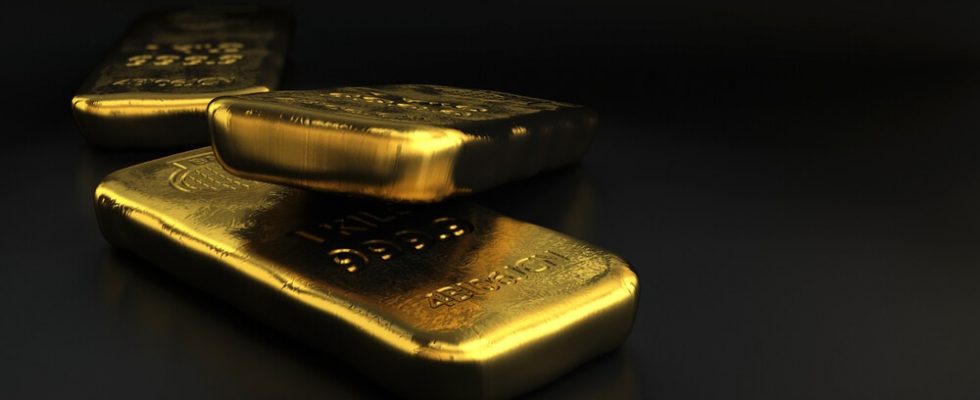Throughout history, gold was regarded as a precious metal. However it wasn’t until 643 B.C when gold would be used as money. Gold coins were struck and used as legal tender but evidence of early gold traceable coins can be found in history going back to 30 BC.
Emperor Augustus, who ruled the ancient roman empire during 30 B.C. and 1.4 A.D. set the price of gold as one pound being equal to 45 gold coins. This was revised by March Aurelius Antoninus, who debased the value to 50 gold coins to the pound. This decreased the price of individual coins and actually made gold more expensive. Constantine The Great debased the precious coin to 70 for a pound. These emperors would keep debasing gold to raise money for their armies and at the same time they would tax people more. This constant debasement of gold caused hyperinflation. As the gold price rose so did everything else, that and the relentless raising of taxes to fund the Roman’s expanding empire. This is one of the major reasons why the Empire started to come apart. People could not afford things anymore.
Great Britain first set the price of an ounce of gold at £0.89 in 1257 and raised the price by £1 every century. By the 1800 countries were printing paper currencies. At first, their value was the same value in gold. Countries would stockpile gold reserved to support the value. This was used to set the Gold Standard. For the longest time The United State used the British gold standard until 1791.
Until 1944, Great Britain kept gold at £4.25 an ounce. When the Breton-Woods Agreement was reached, a lot of developed countries agreed to fix their own currencies against the American dollar since it owned the largest amount of gold in the world.
By the 1900s the price of gold stayed at $20.67 (The gold price AUD would have been 28.33 AUD). The United States went into a deep depression in August 1929 after the Federal Reserve hiked its interest rates. The stock market crash sent the country into the worst economic crisis ever. A lot of investors began redeeming their paper currency for gold. Of course the Treasury panicked that the government might actually run out of gold. The Treasury wanted the Fed to raise rates again to strengthen the value of the dollar and make it a little bit more valuable than gold.
High interest rates meant that loans would be too expensive. A lot of businesses went under because they could not raise loans. Rates also deflated the dollar, because a stronger dollar bought more for less. Companies began cutting costs and keeping their prices low to remain competitive. This further pushed the levels of unemployment up as companies could no longer afford to stay in business and pay staff.
By 1932, speculators tried once money to redeem paper currency for gold. People began hoarding the yellow metal and prices kept on going up. To stop the redemption of paper for gold, the President of the U.S President Franklin Roosevelt made it illegal for private citizens to own gold in any form. Those who had gold had to sell it the Federal Reserve. By 1934, congress passed the Gold Reserve Act to pass it into Federal law. The act also allowed the president to raise the price of an ounce of gold to $35.
By 1937, the U.S had a stockpile $12 billion worth of gold at Fort Knox, Kentucky and at the Federal Reserve Bank in New York. By 1939, the world was rolling into World War II, Roosevelt put more money into the defence budget and the economy expanded. This and the end of the drought in the Dust Bowl ended the great depression.
In 1944, the major powers negotiated the Bretton-Woods Agreement. That made the U.S. dollar the official global currency. The United States defended the price of gold at $35 an ounce. However when Nixon came into power the Fed had to stop honouring the dollar value for gold. Foreign central banks could no longer exchange the dollar for U.S. gold. When America abandoned the gold standard in 1976, the price of gold rose to $120. Now, unhinged from the dollar and in the open market, the value of gold went up. By 1980, gold traders had put the price of gold around $594.92. When inflation ended the price dropped to $410 it remained there until 1996.
However over the years, traders would return to gold after each economic crisis. They did so after the 9/11 terrorist attack and again during the 2008 economic crisis. The price hit an all time high of $1,895 (The gold price AUD would have been 2596.80 AUD) on 5, September 2011 when the US was worried about defaulting on its debt payment. Since then it has fallen as the U.S improved and inflation kept low. As it stands now, gold prices have been doing well.


